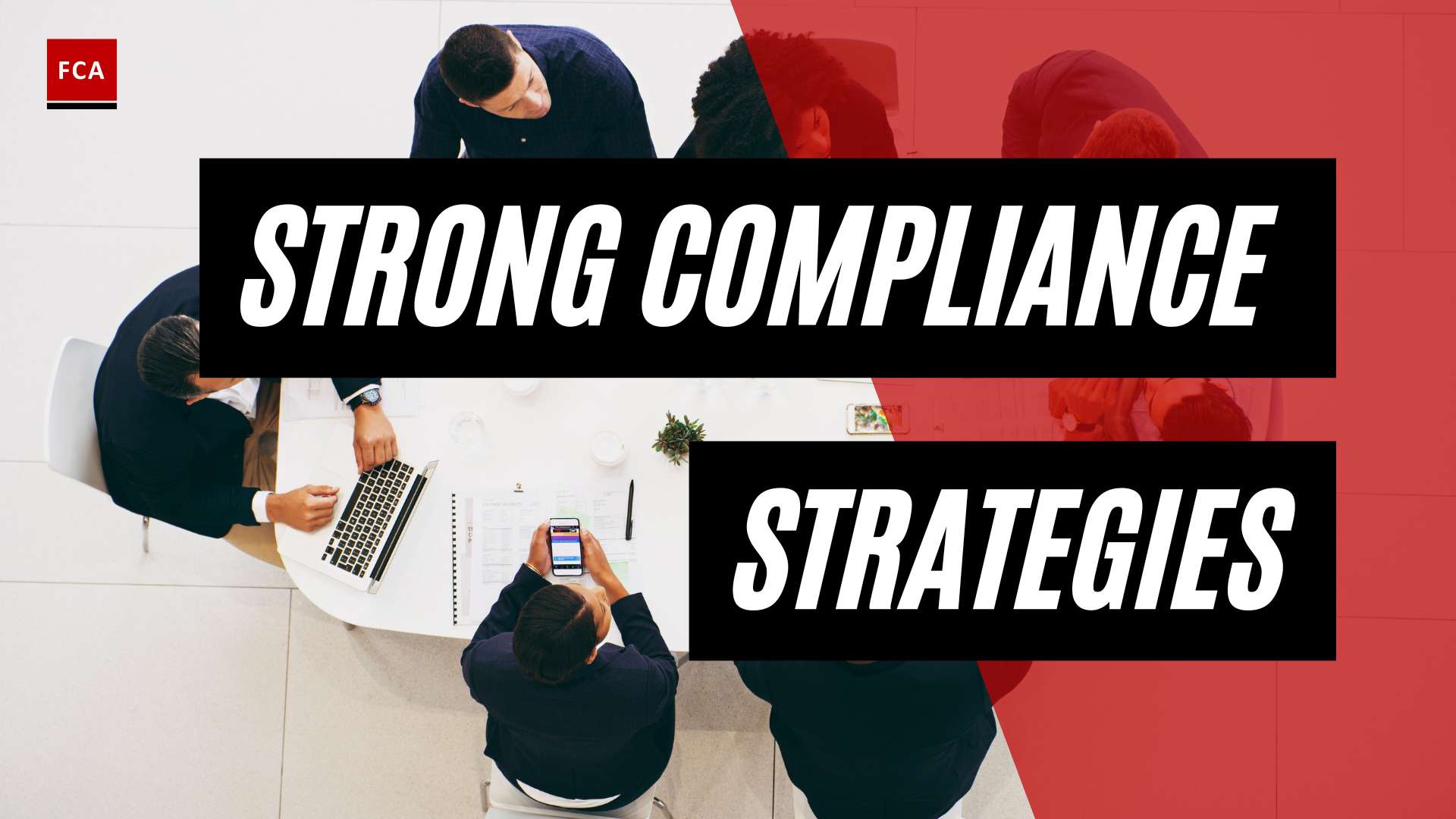Understanding Money Laundering Schemes
Before delving into the red flags of money laundering, it’s essential to first comprehend the various types of money laundering techniques and how cryptocurrencies play a role in these activities.
Types of Money Laundering Techniques
Money laundering can occur in a number of ways, each with its own unique set of characteristics. Some commonly recognized techniques include smurfing, structuring, trade-based laundering, and the use of shell companies. These methods often involve the manipulation of financial transactions to conceal the origin of illicit funds.
For example, smurfing involves breaking down large transactions into smaller ones to evade suspicion, while trade-based laundering can involve over or under-invoicing products to move money across borders. For an in-depth understanding of these techniques and their associated red flags, you can refer to our article on common money laundering techniques.
Role of Cryptocurrencies in Money Laundering
Cryptocurrencies, such as Bitcoin, have become a popular medium for money laundering due to their pseudonymous nature and global reach. Criminals have been known to use mixing services and tumbling techniques, combining transactions from different users and shuffling them using specialized software, making it more difficult for authorities to differentiate between legitimate and illicit transactions.
Moreover, cryptocurrencies are the primary medium of exchange on darknet marketplaces for illegal goods and services. Money launderers can use this to their advantage by purchasing illegal goods with illicit funds and then reselling them, effectively laundering the money in the process.
The pseudonymity provided by cryptocurrencies, with transactions recorded on a public ledger but often masked by pseudonyms, makes it challenging for law enforcement to trace the flow of funds and identify the individuals behind these illicit activities.
Recognizing the role of cryptocurrencies in money laundering is crucial for professionals in compliance and risk management, as this understanding can help in better identifying potential risks and developing effective strategies to mitigate them. For a detailed list of indicators and red flags associated with money laundering, refer to our comprehensive money laundering red flags checklist.
High-Risk Industries for Money Laundering
Certain industries are more susceptible to being leveraged for money laundering schemes due to their operational nature. Being aware of these high-risk industries is key to identifying and responding to potential red flags of money laundering.
Financial Institutions at Risk
Financial institutions such as banks, currency exchange houses, check cashing facilities, and payment processing companies are particularly vulnerable to money laundering and terrorist financing. The high volume of transactions that pass through these institutions daily can make it difficult to identify suspicious activity.
Institutions processing a large volume of electronic payments like ACH, wire transfers, remittances, and prepaid cards are at higher risk for money laundering and terrorist financing, especially if transactions are processed without verifying consumer identities in person. To mitigate these risks, it’s crucial for these establishments to monitor any suspicious transaction indicators and maintain stringent Know Your Customer (KYC) procedures.
High-Value Sales and Money Laundering
Industries involved in real estate or the sale of high-value items like cars and boats, especially those with branches in high-risk countries, are also at a higher risk of being used for money laundering activities (Sanctions.io).
Transactions involving high-risk factors, such as politically exposed persons (PEPs) who hold influential positions, unclear ultimate beneficial ownership or complex ownership structures, and jurisdictions with high levels of corruption or unstable governments, are important indicators of potential money laundering activities. These red flags should trigger a more comprehensive review of the transaction and the parties involved.
Virtual Service Providers and Risk
Businesses that provide services virtually and never meet clients in person, such as remote banking, payment services, and certain real estate transactions, are at an increased risk of money laundering and terrorist financing.
The lack of physical interaction with customers and potential anonymity can make it difficult to verify customer identities, enabling illicit actors to exploit these platforms. As a result, these businesses must have robust and effective customer due diligence (CDD) processes in place to verify the identity of their customers and mitigate the risks.
To support the effort in combating money laundering, understanding the specific risks associated with different industries and being aware of the common money laundering techniques can be instrumental. Professionals working in these high-risk industries should regularly refer to a money laundering red flags checklist and must remain vigilant to ensure the integrity of their operations and compliance with relevant laws and regulations.
Recognizing Red Flags in Money Laundering
Detecting potential money laundering activities early is crucial for financial institutions to protect their operations and comply with regulatory requirements. By recognizing the red flags of money laundering, professionals can identify suspicious activities and take appropriate actions to mitigate risks. These red flags primarily focus on abnormal customer behaviors, unusual transaction patterns, and high-risk factors and associations.
Abnormal Customer Behaviors
Customers who exhibit unusual behaviors pose a higher risk for money laundering and terrorist financing. Such behaviors include inconsistent activity compared to their lifestyle, multiple unexplained accounts, rapid turnover of professional advisors, transactions that don’t make commercial sense, or paying higher fees without reason. Another red flag is secretive new clients who avoid personal contact, particularly if these clients refuse to provide information about themselves or have criminal associations (ComplyAdvantage). It’s important for financial institutions to monitor customer behaviors closely and refer to a money laundering red flags checklist to identify potential risks.
Unusual Transaction Patterns
Unusual transactions can serve as significant red flags for potential money laundering activities. These can include large cash payments, unexplained third-party payments, or the use of multiple or foreign accounts. Additional red flags may encompass transactions involving countries or entities identified by credible sources as money laundering concerns, transactions involving items not normally associated with a customer’s business, or transactions involving high-risk financial products or services (FinCEN). More specifically, patterns of unusual account activity, such as a high volume of transactions between seemingly unrelated entities, transactions that are inconsistent with a customer’s stated business, or patterns of activity indicating a customer intentionally avoiding triggering suspicion, are important to note. For more insights on this, refer to our guide on suspicious transaction indicators.
High-Risk Factors and Associations
High-risk factors, such as politically exposed persons (PEPs) who hold influential positions, unclear ultimate beneficial ownership, or complex ownership structures can be indicators of potential money laundering activities that need to be closely monitored (ComplyAdvantage). Transactions with unclear ultimate beneficial ownership or involving jurisdictions with high corruption levels, unstable governments, or inadequate AML/CFT regulatory frameworks are important red flags that should raise suspicions of potential money laundering activities. For an in-depth understanding of such risks, visit our article on red flags in high-risk industries.
In conclusion, understanding these red flags and implementing robust monitoring systems can help financial institutions effectively detect and prevent money laundering activities. Regular training and awareness programs can also equip their employees with the necessary knowledge and skills to recognize signs of money laundering and report suspicious activities promptly.
Regulatory Frameworks for Money Laundering
To curb money laundering and monitor suspicious financial activities, countries worldwide have established laws and regulatory frameworks. These regulations serve as a guide for financial institutions and professionals in the industry to detect and report potential red flags of money laundering. Among these, the Bank Secrecy Act in the United States and the Anti-Money Laundering Directive 4 in the European Union stand out as notable examples.
The Bank Secrecy Act (BSA)
In the United States, the Bank Secrecy Act of 1970 (BSA) is a key regulatory framework designed to combat money laundering. This act requires financial institutions to report certain transactions to the U.S. Treasury. These include transactions involving high amounts of cash, suspicious activity that might signify money laundering, tax evasion, or other criminal activities, and foreign accounts held by U.S. citizens (Investopedia).
The BSA plays a crucial role in enabling investigations of suspicious activities and providing law enforcement with valuable information. It aids in identifying, detecting, and deterring money laundering, making it a vital tool in the fight against financial crime. For detailed information on suspicious transaction indicators as per BSA, refer to our article on suspicious transaction indicators.
Anti-Money Laundering Directive 4 (AMLD4)
In the European Union, the Fourth Anti-Money Laundering Directive (AMLD4) was established in 2015. This directive aims to prevent money laundering and terrorism financing by establishing a comprehensive risk-based approach. Under the AMLD4, EU member states are obliged to identify, assess, and understand their money laundering and terrorist financing risks (Investopedia).
The AMLD4 emphasizes enhanced customer due diligence and introduces new measures related to politically exposed persons (PEPs). It also broadens the definition of a “tax crime” for the purpose of determining predicate offenses for money laundering.
These regulatory frameworks are pivotal in the fight against money laundering. They provide the basis for detecting suspicious activities and reporting potential indicators of money laundering. Understanding these regulations is essential for professionals working in compliance, risk management, and anti-financial crime sectors. For a comprehensive checklist of money laundering red flags, see our money laundering red flags checklist.
Reporting Requirements and Procedures
In the process of detecting and mitigating the risks of money laundering, certain reporting requirements and procedures are essential for compliance and risk management professionals. This includes the filing of Suspicious Activity Reports (SAR) and adhering to specific timeframes for reporting suspicious transactions.
Suspicious Activity Reports (SAR)
Suspicious Activity Reports, or SAR, are crucial tools in the fight against money laundering. They are reports that financial institutions are required to file with the Financial Crimes Enforcement Network (FinCEN) upon the detection of a known or suspected violation of federal law or suspicious activity related to money laundering, terrorism financing, and other financial crimes.
For instance, national banks are mandated to report known or suspected criminal offenses, at specified thresholds, or transactions over $5,000 that they suspect involve money laundering or violate the Bank Secrecy Act, as stated under 12 CFR 21.11. Financial institutions must use FinCEN’s BSA E-Filing System to submit Suspicious Activity Reports as of April 1, 2013.
Detecting red flags of money laundering can be challenging due to the complex and often sophisticated nature of money laundering schemes. However, criteria for identifying these red flags can include factors such as unusual geographic patterns of transactions, inconsistent or implausible customer background information, the use of multiple accounts by a single customer, or the use of an account on behalf of multiple customers (FinCEN).
Timeframes for Reporting Suspicious Transactions
The timeframe within which a financial institution is required to file a SAR is critical. A financial institution is required to file a SAR no later than 30 calendar days after the date of the initial detection of facts that may constitute a basis for filing a SAR. If no suspect was identified on the date of detection of the incident requiring the filing, a financial institution may delay filing a SAR for an additional 30 calendar days to identify a suspect. However, in no case shall reporting be delayed more than 60 calendar days after the date of the initial detection of a reportable transaction.
Recognizing and reporting indicators of money laundering in a timely manner is crucial for the prevention of financial crime. By understanding the reporting requirements and procedures, professionals working in compliance, risk management, and anti-money laundering can better protect their institutions and contribute to the global fight against money laundering.
Mitigating Money Laundering Risks
Protecting your organization from the potential risks associated with money laundering involves implementing effective risk mitigation strategies. This section will explore two key aspects of such strategies: the role of automation in monitoring and the importance of Know Your Customer (KYC) procedures.
Role of Automation in Monitoring
Modern technology plays a crucial role in mitigating the risks of money laundering. Automation tools can help in monitoring clients’ transactional activities to detect any unusual patterns.
For instance, these tools can identify unusual geographic patterns of transactions, inconsistent or implausible customer background information, and the use of multiple accounts by a single customer, or the use of an account on behalf of multiple customers. These are all considered as red flags in financial transactions (FinCEN).
Moreover, automation can also flag patterns of unusual account activity, such as a high volume of transactions between seemingly unrelated entities, transactions that are inconsistent with a customer’s stated business, or patterns of activity that indicate a customer is intentionally trying to avoid triggering suspicion (FinCEN).
Importance of Know Your Customer (KYC) Procedures
Implementing comprehensive Know Your Customer (KYC) procedures is another crucial step in mitigating money laundering risks. KYC procedures involve collecting and verifying information about your customers to ensure their activities are legitimate.
For example, clients being secretive or unwilling to provide KYC information are considered red flags, requiring further investigation according to the FATF. This includes hiding information related to corporate or individual actors (KYC-Chain).
Additionally, transactions involving countries or entities identified by credible sources as money laundering concerns, transactions involving items not normally associated with a customer’s business, or transactions involving high-risk financial products or services, are also red flags in high-risk industries (FinCEN).
By actively monitoring these red flags and implementing robust KYC procedures, organizations can protect themselves from the potential risks associated with money laundering. For a comprehensive list of potential signs of money laundering, refer to our money laundering red flags checklist.









